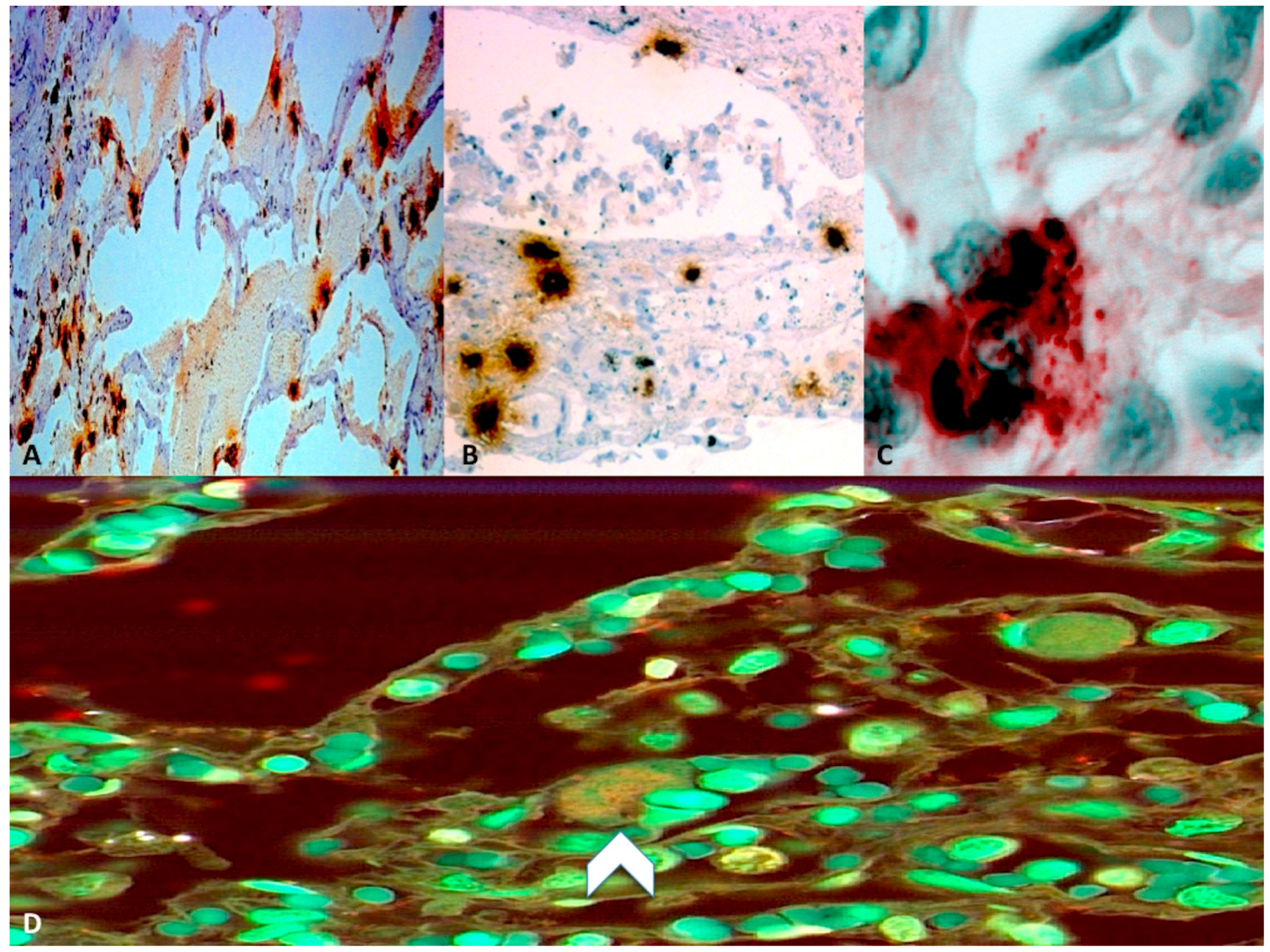

- Amniotic fluid embolism pdf how to#
- Amniotic fluid embolism pdf pdf#
- Amniotic fluid embolism pdf free#
(ii) Typical AFE is characterized by three clinical phases (cardiopulmonary collapse, clotting disorders and hemorrhages, multiorgan disturbances), whereas the atypical one shows lack of cardiopulmonary collapse as the initial presentation-the first to appear is obstetric hemorrhage and/or pulmonary and renal dysfunction.
Amniotic fluid embolism pdf pdf#
Results and Conclusions: (i) Worldwide, 447 cases of AFE have been reported, including 70 cases of atypical AFE (15.7%). Amniotic fluid embolism - SA Perinatal Practice Guidelines. Download full-text PDF Abstract Two case reports, University Hospital of Antwerp, tertiary referral hospital of the University of Antwerp, Edegem, Belgium. Amniotic fluid embolism (AFE) is recognized as a type of syndrome characterized by the abrupt onset of hypoxia, hypotension, seizures, or disseminated intravascular coagulopathy (DIC), occurring. Moreover, we looked through the articles from the period before “inception of Medline” to find 178 earlier case reports. UpToDate - Amniotic Fluid Embolism Introduction 1926, Ricardo Meyer 1941, Steiner.

Scribd is the worlds largest social reading and publishing site.
Amniotic fluid embolism pdf free#
The search produced 1127 articles, including 208 case reports of AFE and other publications identified as eligible for our study (11 review articles and 6 population-based studies of the last few years). Amniotic Fluid Embolism - Free download as Powerpoint Presentation (.ppt), PDF File (.pdf), Text File (.txt) or view presentation slides online. Material and Methods: We searched Medline from 1969 (its inception) to 2011, using the key words “amniotic fluid embolism”. We also provide an outline of symptoms that characterize this type of AFE based on the analysis of all available case reports. In this paper, we put forward the hypothesis that this discrepancy is due to inaccurate diagnosis of non-classical form of AFE (atypical AFE). ©2018 American Association of Critical-Care Nurses.Background/Aim: Recently, a comparative study on the incidence of AFE has highlighted rather confusing results, showing that the complication is more than three times higher in North America than that in some European countries. Staff debriefing and psychological support for the woman and family are vital.Īmniotic fluid embolism critical care disseminated intravascular coagulation heart failure posttraumatic stress. Treatment is supportive, with a focus on reversal of hypoxia and hypotension, delivery of the fetus, and correction of coagulopathy. Debris from the amniotic fluid mixes with maternal blood in the pulmonary circulation resulting in a devastating reaction (for some). Incidence and diagnosis differ by region. Diagnosis is by exclusion and clinical presentation. Amniotic fluid embolism (AFE) is the second leading cause of maternal mortality in the USA with an incidence of 1: 15,200 births (Rezai et al., 2017). The presentation is abrupt, with profound cardiovascular and respiratory compromise, encephalopathy, fetal distress, and disseminated intravascular coagulopathy. Risk factors may include maternal age over 35 years and conditions in which fluid can exchange between the maternal and fetal circulations.
Amniotic fluid embolism pdf how to#
Outline correct methods of analyzing coagulation parameters and how to treat them once they are determined.

Describe the triggering pulmonary pathology that initiates the syndrome of amniotic fluid embolism. This complication may result from activation of an inflammatory response to fetal tissue in the maternal circulation. Objectives: Identify the underlying risk factors for amniotic fluid embolism. Amniotic fluid embolism should be considered in the differential diagnosis in any pregnant or immediately postpartum woman who suffers sudden cardiovascular. The condition occurs in approximately 1 in 40 000 births and has an average case-fatality rate of 16%. Amniotic fluid embolism is a rare, unpredictable, and often catastrophic complication of pregnancy that is suspected in a woman who experiences cardiac arrest after a cesarean section. Obstetric emergencies often require intensive care intervention.


 0 kommentar(er)
0 kommentar(er)
